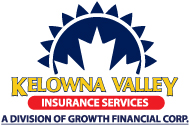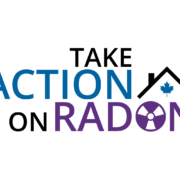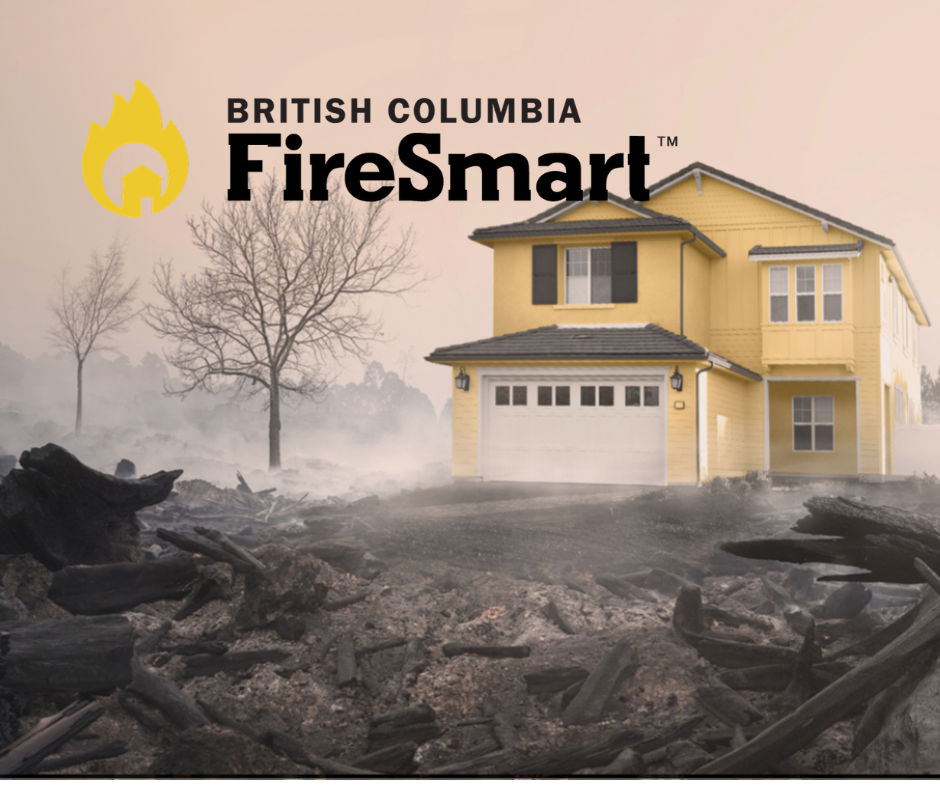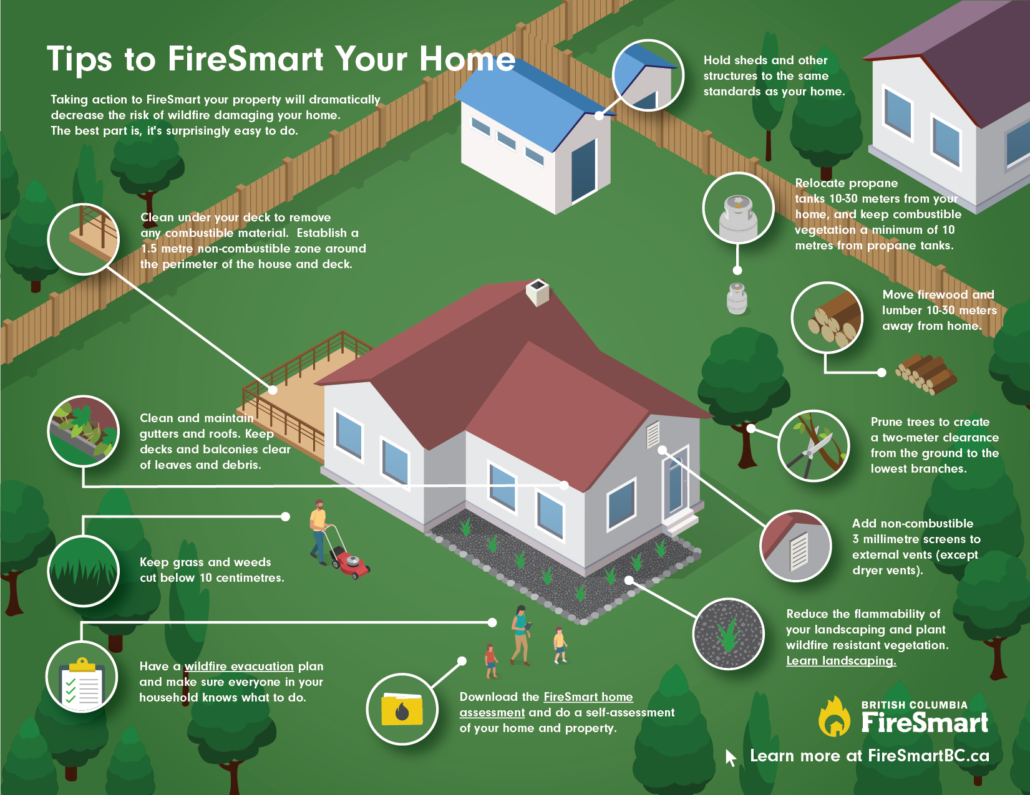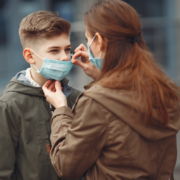If you know a new driver, here’s a little help to navigate the BC driver’s license process for first-time drivers
Spring has sprung and that means… a wave of fresh, eager young people preparing to get behind the wheel, as Learners and New drivers throughout the province.
While COVID-19 has impacted driver’s license scheduling, thanks to an efficient online booking system, kids and other new drivers are able to easily book their testing sessions, yet well in advance. Expect and plan for restrictions, including physical distancing and mask-wearing as the new driver in your life achieves this exciting milestone.
As first-time drivers prepare to receive their BC driver’s license, here are a few things to keep in mind – thorough preparation, lots of driving practice, and advance planning, just to name a few.
If you have BC DRIVER’S LICENSE INQUIRIES PLEASE CALL: 1-800-950-1498
There is so much to be excited (and scared – hello, mom and dad!) about when anticipating a first BC driver’s license – a wonderful sense of independence and freedom. This new freedom also comes with more responsibility.
Scary and exciting for everyone, there’s a lot involved in successfully achieving a BC driver’s licence. Exams and road tests can be overwhelming, and so is the prospect of purchasing a first car insurance policy.
To help simplify things, here is a brief guide to the steps involved and where to go for all the information you and your first-time driver need:
BC Learner’s Permit – testing your driving knowledge
In British Columbia, to become a legal driver, a knowledge test is the first step in the BC driver’s licensing process to achieve a Learner’s permit.
The Learner’s permit allows the new BC driver to get out on the road with a licensed adult driver. This means real-world practice, practice, practice!
To achieve the Learners, or “L”, as the first phase, a first-time driver must score a minimum of 40 out of 50 questions correct on a multiple-choice knowledge test. When the aspiring driver passes this test, it helps to ensure they understand the rules of the road. It also helps the driver to begin to develop an awareness about what is required to drive safely. Here’s what to expect:
- The knowledge test requires you to pay a fee.
- The test is usually delivered from a computer terminal at an insurance agency office.
- The questions will likely include driving laws and road sign knowledge as well as safe driving practices.
- Once successfully complete, the new driver will receive a BC Learner’s driving permit and an “L” magnet to clearly display on the vehicle indicating your driver status to others on the road, including authorities.
- This Learner’s licence is NOT a full BC driver’s license. But, it is required to move forward to further exams and more advanced licensing.
- With the Learner’s permit, the driver can now practice driving on the road legally – with a fully licensed family member or friend or recognized driving school.
Knowledge (Learner’s) tests are available by appointment only. Book an appointment using ICBC’s new online service.
BC’s Graduated Driver’s Licence Program
Regardless of age, a first-time BC driver must receive their full BC driver’s license through the Graduated Licensing Program (GLP).
Through the GLP process, new drivers learn all the vital information, skills, and perspectives to help them develop into more competent, confident, and safe drivers. The process allows inexperienced BC drivers to ease into becoming independent drivers – first with supervision and then, gradually, on their own.
To proceed through GLP successfully and with confidence, there will be three tests – one multiple-choice, followed by two road tests. When a new driver proves they can drive safely and demonstrates mastery over the required knowledge, the process can be completed in about three years. These years allow for plenty of study and preparation time, lots of practice to develop and reinforce knowledge, skills, comfort, and confidence behind the wheel.
Below are the requisite phases to achieve a full BC driver’s licence – the GLP ‘Learner’ and ‘Novice’ permits:
Phase 1: Learner’s (L) Permit
At any time on or after their 16th birthday, a new driver can get the L.
Steps to an L driving permit:
Knowledge tests are available by appointment only. Book an appointment using ICBC’s new online service.
Learn more about getting a Learner’s licence
Phase 2: Novice (N) Driver Permit
The driver must practice with their N permit for a minimum of a year under the supervision of an experienced, licensed driver. Upon completion of a year of practice, the Learner can take their first road test.
How to get the N permit:
- Well in advance, BOOK the CLASS 7 road test
- Expect that the road test appointment — including time to review driving performance — should take about 45 minutes. Beside the driver will sit the assigned examiner who will determine the route that will best test your driving skills.
Learn more about the Novice licence
Phase 3: Full Driver’s License
The last step! Successful completion of phase 3 allows for complete independence on the road – no more mandatory supervision. Additionally, with no further GLP restrictions, the driver can remove the magnet on display on their vehicle.
The driver can apply to complete this phase can be completed after driving as an N for at least two years. To successfully fulfil the requirements for a full driver’s license, the driver must:
- Drive suspension free for the previous year as an L driver.
- Well in advance, book the Class 5 road test.
- Pass the advanced road test. As a more experienced driver, the test will include more difficult and challenging driving environments than that of the N. Plan for the test and examination feedback to take about 45 minutes.
Learn more about getting your full licence
FOR DRIVERS LICENCING INQUIRIES CALL: 1-800-950-1498
Car insurance coverage for young drivers
As it pertains to young drivers, expect that different factors will determine the cost of auto insurance. Your insurance provider will determine the rate using the following elements:
- According to auto insurance, a young driver is defined by anyone under the age of 25.
- Rates of auto insurance are determined by multiple risk factors, including the increased likelihood of an accident with young drivers.
- Young drivers comprise about 10 per cent of Canadian drivers. The unfortunate and scary reality is that young drivers account for about 25 per cent of all accidents resulting in serious injury or death.
- Essentially, drivers between the ages of 16 and 24 are simply assumed to be at higher risk.
If you have questions about a BC driver’s license for new drivers, auto insurance for young or new drivers, or any other auto insurance information, CONTACT US!
